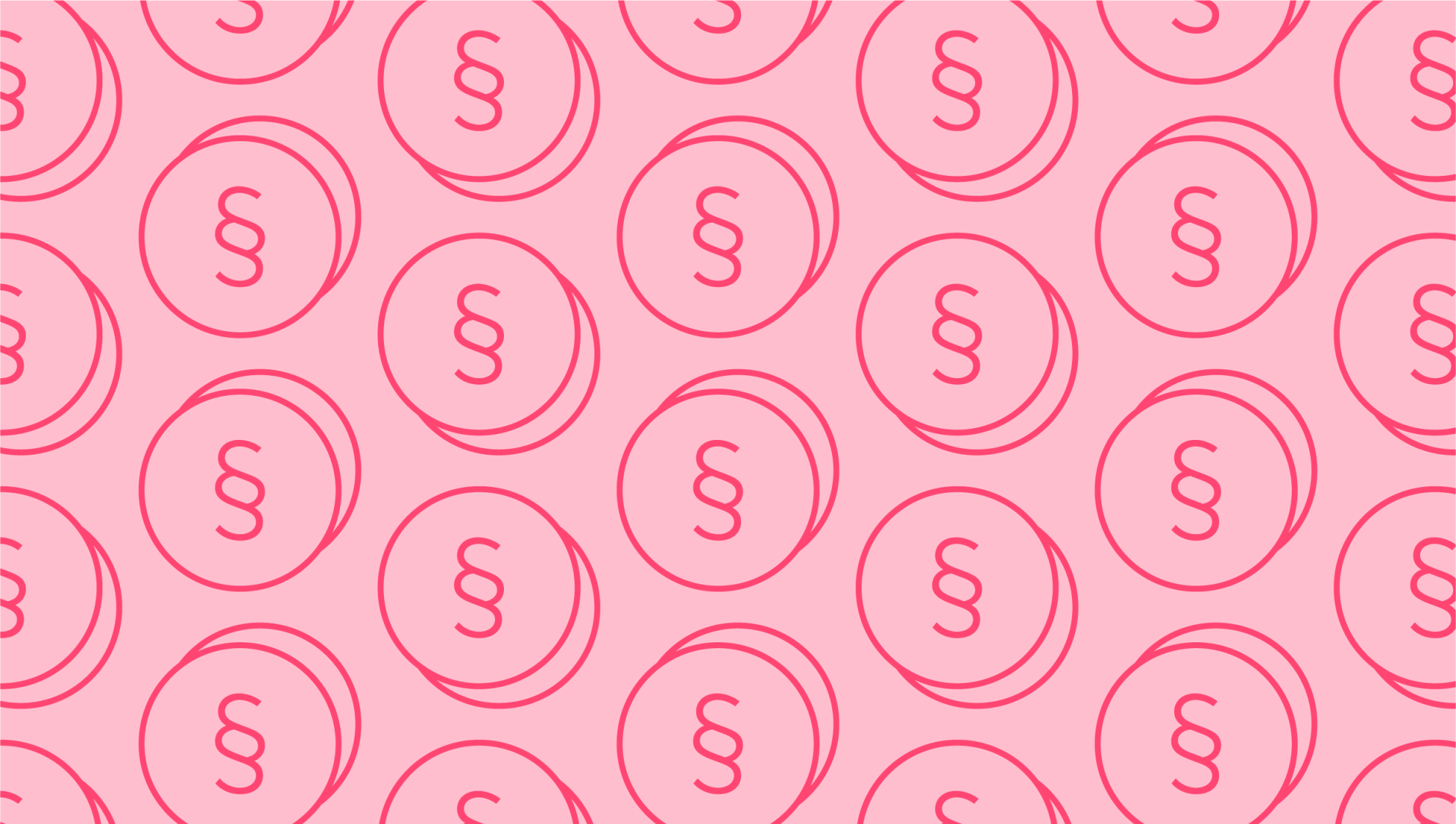
Pop-up Shop Checklist
Last editedOct 20222 min read
Pop-up shops are great networking and branding opportunities for businesses. Whether you’re just starting out or looking for a way to introduce your brand to a new market, you’ll be able to network with like-minded collaborators and customers alike. At the same time, planning, operating, and dismantling a pop-up shop is a serious multitasking feat. Use this pop-up shop checklist to make sure you’re not forgetting any essentials along the way.
Stage 1: Planning checklist for pop-up shop
There’s a lot of planning that needs to go into place before you can secure your pop-up shop location and start greeting customers.
Define your business objective. Do you want to increase brand awareness, get feedback from customers, or improve sales?
Choose a location: Are you trying to break into a new market in a particular neighbourhood? Which area will be the best match for your brand? Think in terms of footfall and buyer personas.
Set a budget. How much money do you have to work with? Are you able to operate at a loss? Plan carefully because this will have a serious impact on your ability to operate your pop-up shop.
Choose a venue: Which features should your ideal venue have? Will you operate out of existing retail premises or choose an empty location? Do you need speciality utilities such as kitchen space or AV equipment?
Create a digital strategy: Most pop-up shops will use a physical location to drum up business and then follow up with an online presence. How will you merge your digital and offline branding? Is your website set up with a checkout system in place?
Stage 2: Starting a pop-up shop
With the planning stage complete, you should have clearly defined goals, a suitable venue, and a clear budget. The next step is to get the venue ready.
Obtain any necessary permits.
Visit your pop-up space to plan your design.
Create window displays and decorate the interior.
Purchase necessary fixtures, furnishings, and lighting.
Pack plants, signage, business cards, and supplies.
Hire staff if you won’t be running the show on your own.
Determine how you will take pop-up shop payments.
Set up a POS system if accepting card payments for the pop-up shop.
Stage 3: Opening checklist for pop-up shop
You’re almost ready to open, so now it’s time to get the word out about your business. Before you do, think about your store’s opening hours and visitor policies. Are dogs allowed? Will you have public restrooms and refreshments? Be prepared to answer these questions.
Set up an outside sign for kerb appeal.
Put together bags of freebies like pens or stickers.
Test your lighting and sound systems.
Invite friends and family to a soft opening.
Plan a special opening event.
Share your pop-up shop news on social media and other channels.
Stage 4: Running your pop-up shop
Now that you’re open, it’s important to put your customers at the heart of any pop-up shop checklist. This is your chance to network and forge new connections.
Display an iPad or sign-up page at the counter to collect contact details.
Write your first newsletter to welcome those who sign up for your mailing list.
Offer special giveaways and discount codes to entice visitors to make a purchase on your website.
Create a custom hashtag and photo booth to encourage social media shares.
Finally, it’s time to close your pop-up shop. At the end of this process, you’ve ideally made new connections, collected email addresses for your newsletter, and increased your site traffic. Follow up with customers via social media channels and plan your next special event. You can also follow up with subscription services and additional sales.
GoCardless is a great option for collecting recurring and one-off pop-up shop payments. With customer authorisation, you can pull payment directly from their bank account on the designated day using direct debit.
We can help
GoCardless is a global payments solution that helps you automate payment collection, cutting down on the amount of financial admin your team needs to deal with. Find out how GoCardless can help you with one-off or recurring payments.

